MedTech News
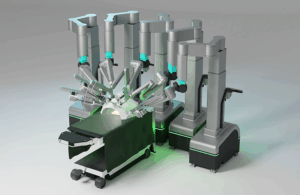
SS Innovations submits Mantra surgical robot to FDA for clearance
SS Innovations (Nasdaq:SSII) announced today that it submitted a 510(k) premarket notification to the FDA for its Mantra surgical robot.

Resmed wins FDA clearance for AI-enabled personalized CPAP therapy device
Resmed (NYSE: RMD)+
announced today that it received FDA clearance for its Smart Comfort personalized therapy offering.
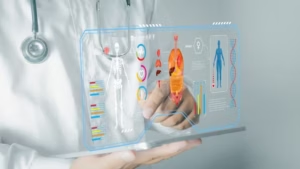
Singapore HSA approves Respiree’s 1Bio AI-Acute toolbox
Healthcare professionals can access the 1Bio AI-Acute toolbox via the company’s 1Bio platform.
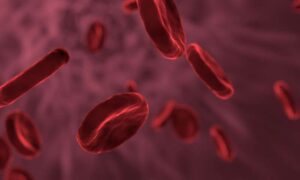
AI uncovers how DNA architecture failures trigger blood cancer
Cancer isn’t just about broken genes—it’s about broken architecture. Imagine a city where roads suddenly vanish, cutting off neighborhoods from essential services. That’s what happens inside cells when the 3D structure of DNA collapses.
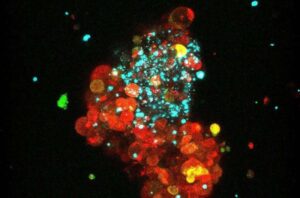
New approach makes common breast cancer type responsive to immunotherapy
A study led by researchers at the Hospital del Mar Research Institute advances one of the most significant milestones in breast cancer treatment, making immunotherapy effective against the most common tumor type, estrogen receptor-positive or luminal breast cancer.
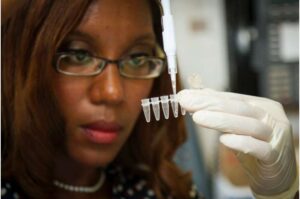
Genetic testing reveals often-overlooked fungal infections in California clinics
A new study reveals that a rarely-diagnosed and frequently drug-resistant species, Aspergillus tubingensis, may be one of the most common causes of fungal infections in Southern California.
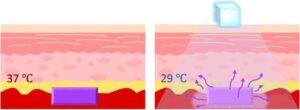
Innovative drug delivery mechanism triggered by cooling could provide targeted pain relief
Leon Bellan, associate professor of mechanical and biomedical engineering at Vanderbilt, and his team have developed a novel cooling-triggered device that could allow patients to safely and conveniently receive drugs for pain relief.
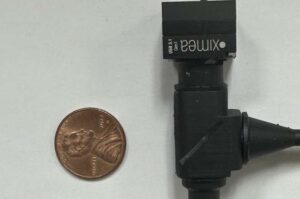
Miniature microscope captures real-time voltage signals in awake animals
Researchers have built a tiny, lightweight microscope that captures neuron activity with unprecedented speed that can be used in freely moving animals. The new tool could give scientists a more complete view of how brain cells process information during natural behavior.
